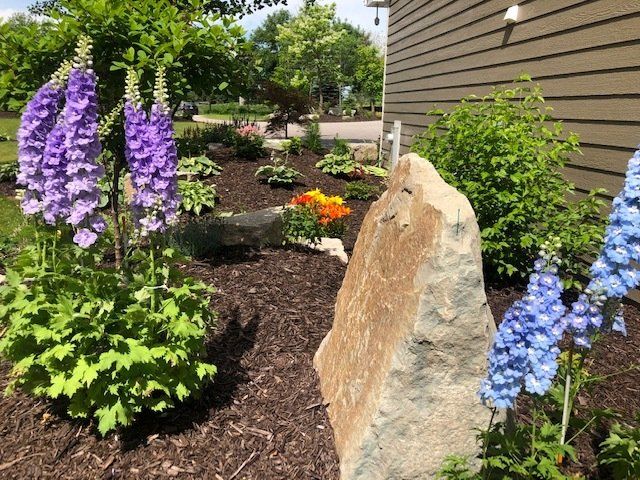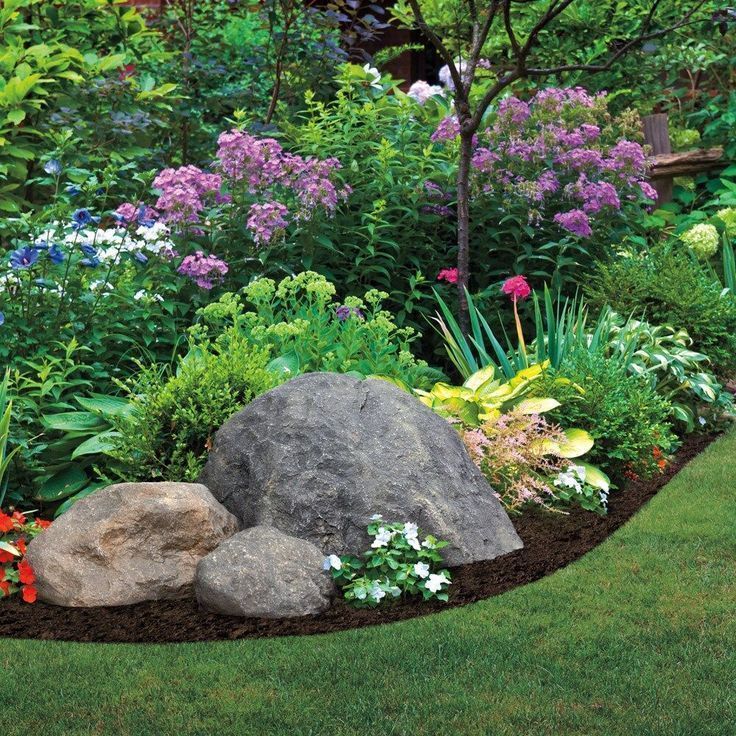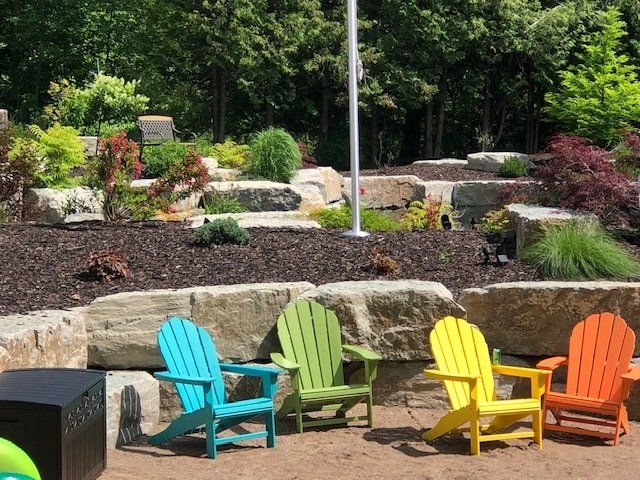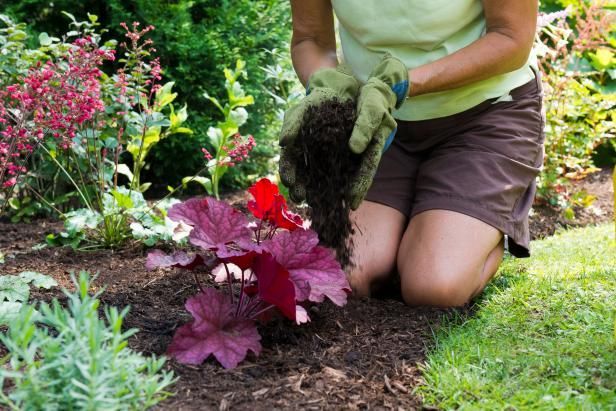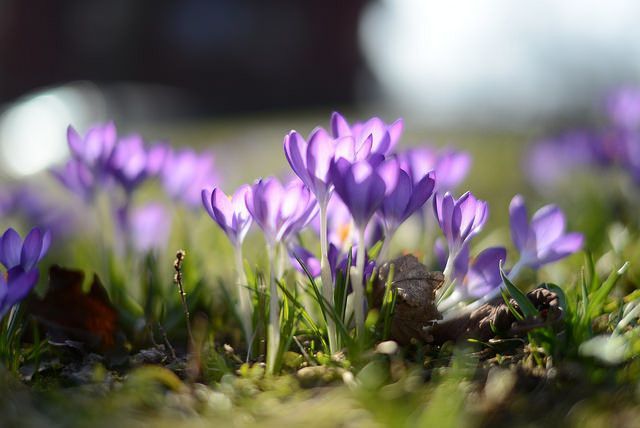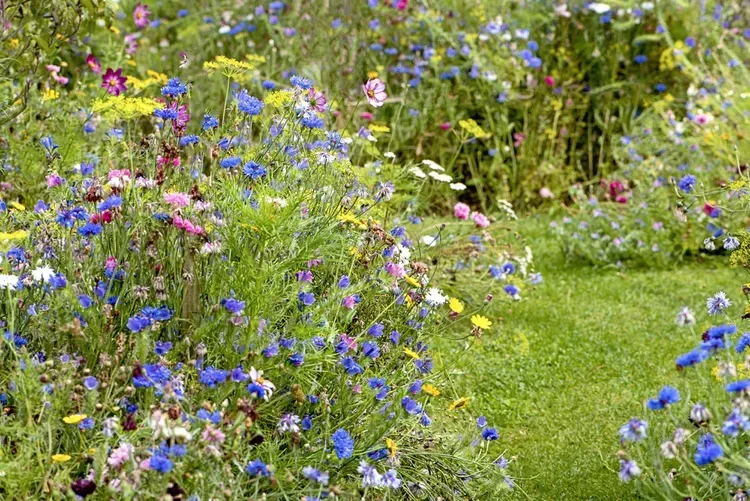How to Prepare Your Garden for Winter Before the First Frost
These winter gardening tips may just save your plants
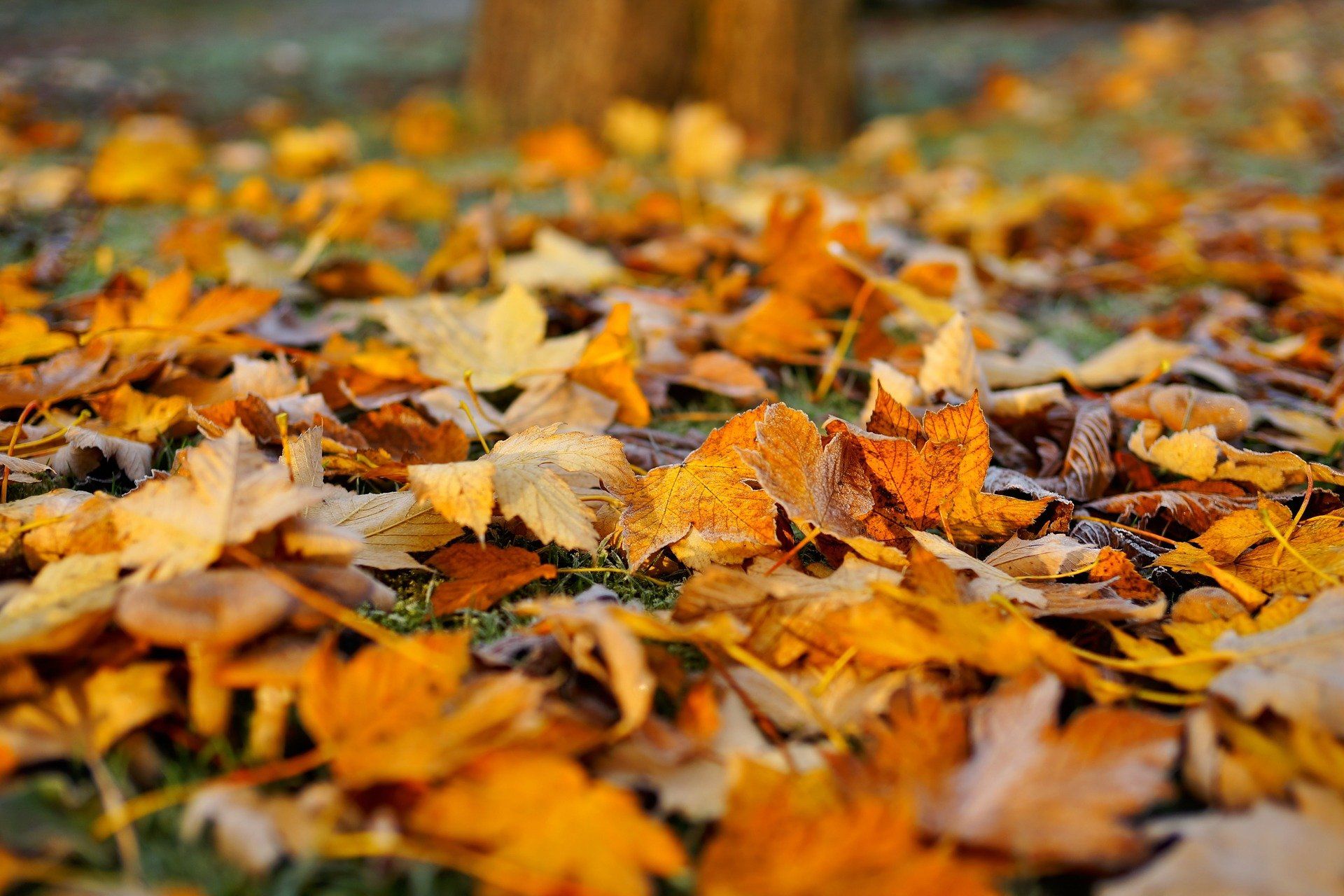
The leaves tumbling off the trees is nature’s way of telling us it’s time to get the garden ready for winter. In fact, when dying leaves drift onto the ground, they provide nutrition that’s vital for the buds of spring. Below find on how to best protect your garden before winter arrives.
First, pull up any plants that have had insect or disease problems. You don’t want pests or diseases wintering in your patch. Burn or bag any diseased plants — don't toss them onto your compost pile.
2. Pare your perennials
Cut perennials, leaving them 4 to 6 inches tall. The energy in the upper plant flows to the root systems where it's stored for the winter . But if you cut back too early, energy stores won’t get to the roots. Wait until the plant has stopped its color for the year and then cut it back.
3. Remove slimy leaves
While you’re cutting, make sure that any plant that has become slimy and matted after a hard frost gets removed. “Get those slimy leaves out of your garden so diseases and bugs cannot winter there,” Allen said. Pests love slime. Hostas, for example, can get pretty slimy. Also, make sure you dig out all of the weeds and give your garden enough water to keep plants moist in the winter.
4. Keep pretty plants standing
Leave plants that stand up straight and have interesting seed heads alone — such as sunflowers, coneflowers and thistles.
If you cut all of your plants back to the ground level, you “may be eliminating next season’s crop of butterflies”

5. Cover up with compost
Spreading 1 to 6 inches of compost or composted manure over your garden enriches your soil with nutrients and keeps it from becoming depleted. Compost can be made up of many things, including everything you have cut throughout the year, food waste from the kitchen and manure. Shoot for a balance of brown and green materials for the best results; think straw, leaves and grass.
6. Plant your spring-flowering bulbs
Daffodils, tulips and even garlic get planted in the fall. Remember that each bulb should be planted at a depth that is three times the height of the bulb. So a 1-inch bulb gets planted about 3 inches down. The bulbs themselves don’t need water, but it’s a good idea to water the soil as watered soil is harder for animals to dig up.
7. Conserve your greenery
When you rake up all of the leaves from deciduous plants on your property, make sure you add them to your compost rather than getting rid of them. They contain vital nutrients for your soil.
8. Polish your gardening gear
The extra-organized gardener can wind up the season by cleaning all of his or her gardening tools and putting them away in the shed. And after that? Get yourself a new gardening idea book and a nice cup of tea and sit down and enjoy it!
Source: https://www.today.com

